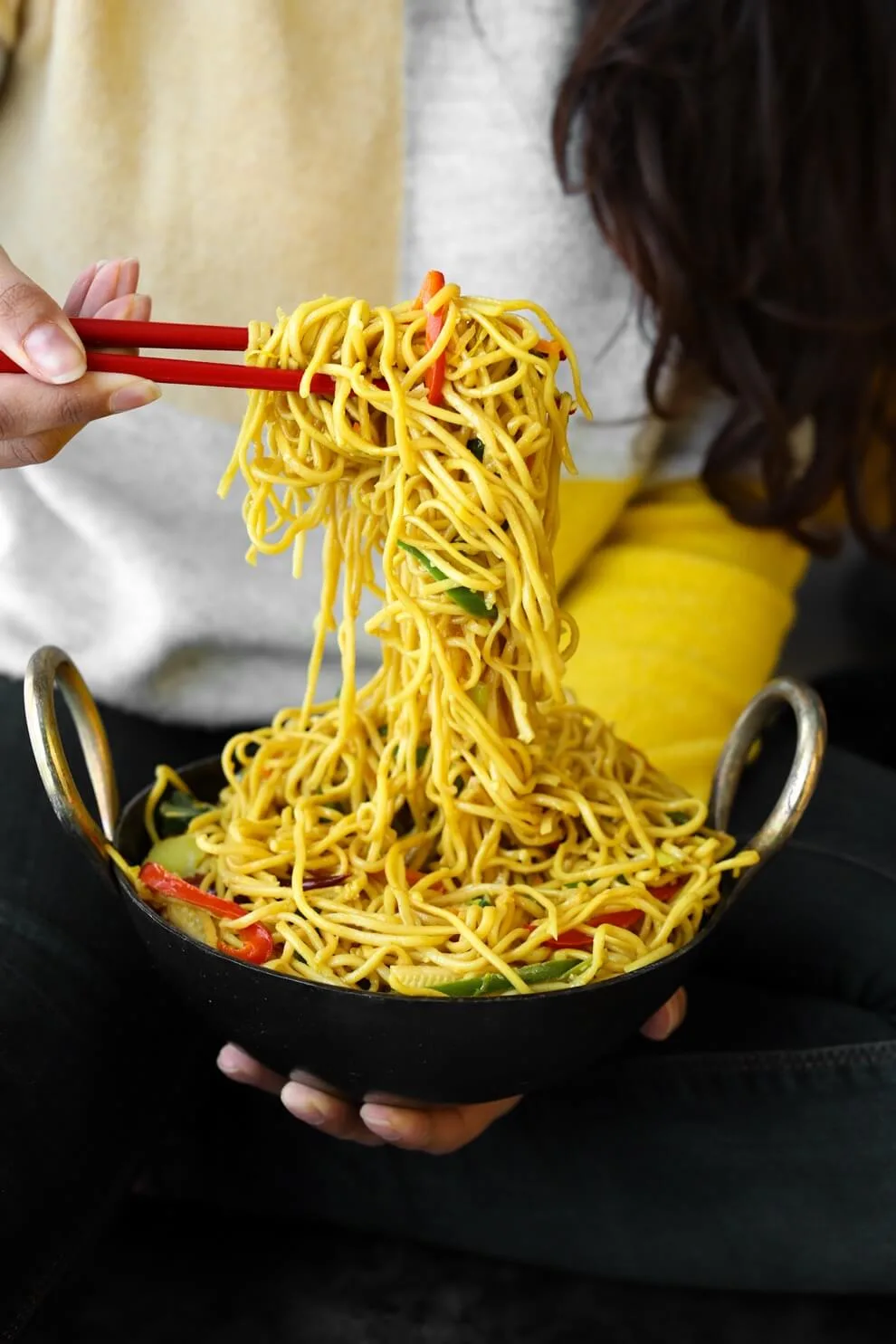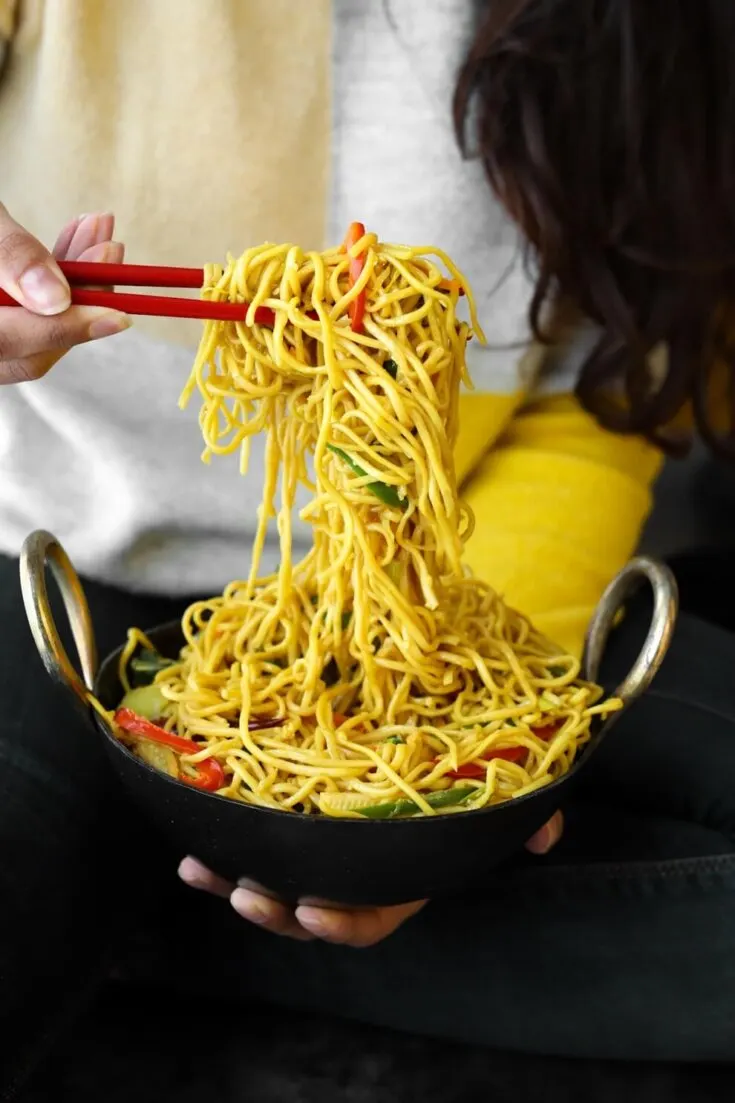Has anyone ever been out for Indo-Chinese food and not ordered Hakka Noodles? I could be mistaken, but I’m 83% sure it’s international law that you order at least one portion.
What is Indo-Chinese food?
Indo-Chinese cuisine is a treasured part of India’s food culture. The Chinese immigrant community in India began centuries ago, and many settlers lay down new roots around the ports of Kolkata and Madras. The vibrant and flavoursome cooking of India’s Chinese communities has carved a place in all our appetites.
Indo-Chinese favourite dishes
In Indo-Chinese cooking, the techniques of Chinese cooking meet Indian flavours (and vice versa), to create fresh, exciting dishes. The fiery heat of Chilli Paneer, offset by the tang of Gobi Manchurian or the mild, carby goodness of Burnt Garlic Fried Rice and Hakka Noodles. It’s flavour-rich comfort food that’s fast and filling. It’s not uncommon to spot Schezwan Dosas (that usually contain no Sichuan peppercorns), Manchow Soup, Honey-Chilli Potatoes and Chow Mein Samosas on Indian restaurant menus everywhere.
Who decides what is authentic?
The world of Indo-Chinese food is vast, rich and may seem utterly inauthentic to many people. But really, who cares about “authenticity” when the food tastes this good?
Indo Chinese food around the world
While Indo-Chinese is an integral part of India’s culinary scene, it’s also made its way around the world and is loved among Indian communities outside of India too. It’s a popular street food choice, as well as a restaurant favourite. Many Indian restaurants today even have separate menus for their Indo-Chinese dishes. In the UK, Chilli Mogo (or Indo-Chinese chilli cassava) is a very popular dish. It has come to be loved by many and is a product of those who have roots in both India and East Africa (where cassava is a staple carbohydrate).
Food travels with us
It is the beautiful evolution of cuisine through physical migration and cultural shifts; Food without borders. How to serve Hakka Noodles Hakka Noodles are an any time, any place noodle affair. This vegetarian version makes for a delicious lunch or dinner. Serve them with other Indo-Chinese favourites such as Chilli Paneer or Gobi Manchurian, or simply as they are.
30-minute Vegetarian Hakka Noodles
These Vegetarian Hakka Noodles are the ultimate quick meal. I often serve Vegetarian Hakka Noodles alongside some pan-fried tofu for added protein. However, you could always throw in some soy mince, seitan or tempeh.
Ingredients: What you need to make Vegetarian Hakka Noodles
Thin wheat flour noodles (these are the most commonly-used variety for this dish but any noodles will work). Water Turmeric Any oil with a high smoke point (e.g. rapeseed, sunflower, vegetable) Carrots Peppers (capsicum/bell peppers) Chinese leaf cabbage or any other white cabbage Bok choy Babycorn Garlic Dried red chillies (or fresh chillies/chilli flakes) Light soy sauce Rice vinegar (or any white vinegar) Ground white pepper Sugar Salt MSG (optional)
How to make Vegetarian Hakka Noodles | Hakka Noodles Recipe
Pin Vegetarian Hakka Noodles for later!
If you like this recipe, you’ll love this Chilli Paneer
Love Sanjana
Store leftovers in an airtight container in the fridge. Eat within 2 days. Serve with your favourite Indo-Chinese dishes.
Share this recipe













